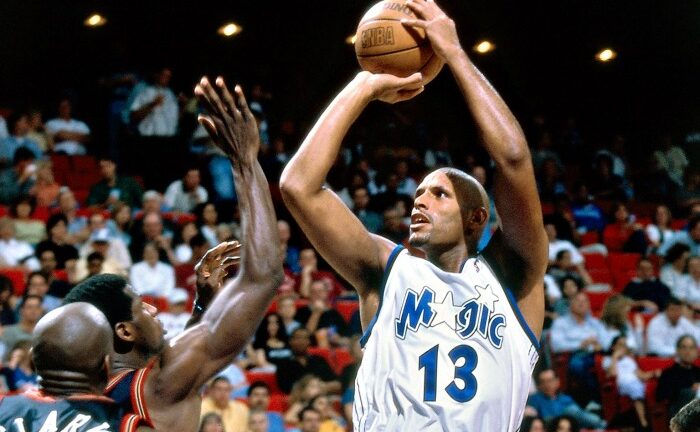
It’s no big surprise to anyone that highly technical sports like motor racing have seen huge advancements through technology in recent years.
But what’s been more unexpected is how the digital age has affected games like football and basketball. It covers many areas, from statistical analysis of games to identifying the strengths and weaknesses of each athlete, and addresses these in a logical and scientific way.
For some, technology can detract from the pure nature of certain sports, but for most of us it has enhanced our enjoyment and increased our knowledge.
This has proven useful not only for watching matches with a more discerning eye, but it can even help to understand the ins and outs of NBA betting spreads. Indeed, the more we know about the teams competing in a game, the better we can judge what is and what is not good value.
So here, in no particular order, are five ways technology is improving the NBA for fans and players.
SportVU
Without a doubt, the most significant development in how basketball can be analyzed was the introduction of SportVU. Every player, every game official and even the ball the ball are all constantly tracked for their position on the pitch throughout the game. The software refreshes the visual information received 25 times per second so that the databases receive approximately 1 million different pieces of information from each game.
Not only does this generate a veritable avalanche of statistics which are made available to fans via the NBA databaseit’s invaluable for coaches too.
Now they can see player performance precisely and analyze their efficiency in specific games. The result: fact-based decision-making for the benefit of the entire team in the future.
Player Body Sensors
As with most professional sports, all NBA players now wear body sensors to monitor many aspects of their on-court performance. Light and unobtrusive to wear in the player’s vest, they can generate huge amounts of information.
At its most basic level, a sensor can measure the distance traveled during the time the player is on the field. But it can also record metabolic data such as heart rate, calories burned, and workload.
This has many implications for both performance analysis and optimization. By carefully monitoring players, it can even help with rehabilitation when they return from injury and hopefully even prevent injuries from happening in the first place.
Other areas it can improve include refining the nutritional and training needs of players as well as increasing the general level of fitness.
Virtual and augmented reality
There is hardly a single field today that is not starting to reap the benefits of virtual reality. From training airline pilots to making education more engaging, it has the ability to recreate the real world through the simple donning of a headset.
Some teams have been more eager to use this technology than others, with the Washington Wizards leading the way.
A practical example of this came with the extra training that team reserve center Ian Mahinmi received to hone his free-throw shooting ability. From a pre-practice pass rate of around 60%, he took it to a very impressive 87% in one of the Wizards’ preseason warm-up games last year.
Gadgets, devices and mobile applications
Look around the team benches at an NBA game today and you’ll most likely see a number of coaches studying tablets and smartphones closely as the action unfolds around ‘them.
As well as providing a live feed of game information, it is often also where strategies and moves are played out before they are put into action.
A particularly useful app that almost every team uses now is Coaches Eye. Available with all major operating systems, this allows action recording and playback to analyze and compare movements. Its slow-motion replay feature is very often used when a trainer thinks there may be a fundamental flaw in the way a particular move is executed.
Social networks
Although there may well be a number of dissidentsthe consensus of opinion is that social media has done a lot for sports, including basketball.
This direct link it offers between fans, teams and players can only increase engagement. With fans tweeting live during games, it also engages their followers, creating the perfect viral environment to recruit even more people into the sport.
And, by including links to clips of the action, player interviews and more, it just might be the NBA’s most powerful marketing tool yet.
So technology is definitely here to stay in the NBA – and basketball just got better for it.




Add comment